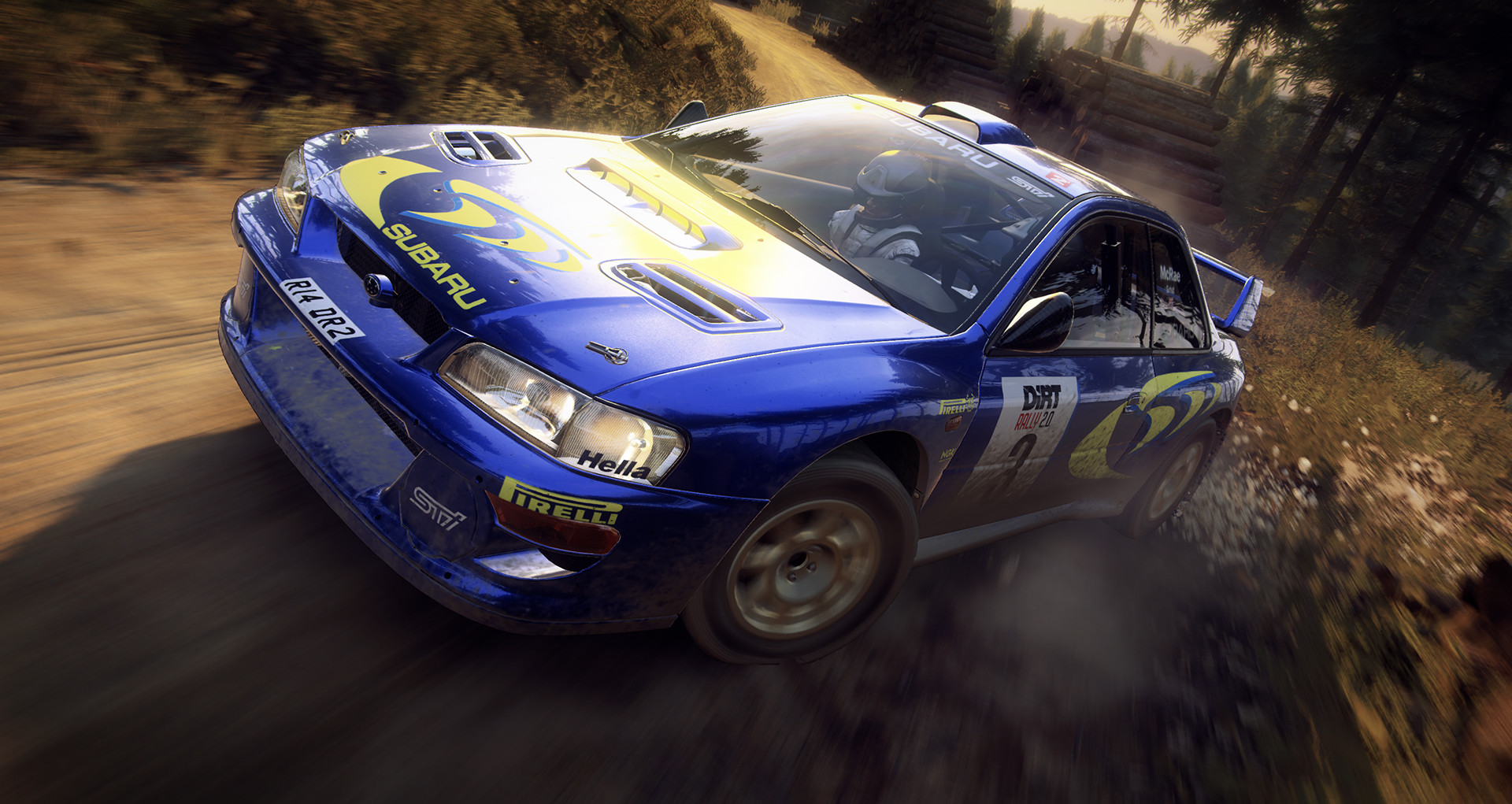
Black State: Inception-Inspired Bullet-Time Action
When Black State was first welcomed to the world via a visually impressive, Metal Gear Solid-ish teaser earlier this summer, some doubted its legitimacy as a game. Was it purely a tech demo injected with the purpose of showing off Nvidia’s shiny RTX tech? Was it another entry in the recent trend of “too good to be true” game reveals walking in the sorry footsteps of The Day Before? Well, I’ve played Black State, and am more than happy to report that not only does it appear to be a real game, but also a really promising one full of gory, explosive action and cinematic sci-fi style, powered by handsome visuals and a playful physics engine.
My demo started by taking control of a stealth-suited long-haired man aboard a cargo ship. It’s impossible to not be reminded of the opening moments of Metal Gear Solid 2 as you skulk along its main deck, admiring its reflective metals and the choppy waters around it. Omer Faruk Gungor, studio director at Black State’s Turkish developer Motion Blur, is keen to point out the game’s graphical prowess, and he’s not wrong to do so – it really is a stunner, shining brightly over the course of the short 20-minute demo. But what’s perhaps more impressive is how well it runs – even with ray tracing turned on the framerate rarely dips below 60, and the demo hits a steady 140 fps during non-combat situations on the RTX 4080-based rig I played on.
But as I mentioned, and as Gungor goes to lengths to insist, Black State isn’t a tech demo. It’s a story-driven action game of huge ambition. After making my way up the ship’s deck and entering one of its many doors, that scope all starts to become apparent. Doors in Black State aren’t your traditional gateways into neighbouring rooms, but instead portals to wildly different locations. After stepping through the heavy, bolted ship gateway, for instance, I find myself in a museum – its shiny hardwood floors and spotless glass cabinets a far cry from the industrial oceanic setting of moments before. Hopefully this trick will provide not only narrative intrigue, but ambitious level design that links multiple types of environments together.
Gungor reveals little of Black State’s story but hints at a sci-fi adventure that may deliberately confuse at first, before coming together and bringing its disparate, portal-gated worlds together through a linear storyline. He cites Inception as a key inspiration and the more I play, the more that rings true. It’s not just the dream-heist masterpiece I’m reminded of, though, but the sci-fi thriller movies of Christopher Nolan in general. There are hints of Tenet in there, not only through the aesthetic but in the gameplay too – a mix of shooting and close-quarters combat against black-clad commando units.
Black State plays much closer to Remedy’s brand of high-octane action than any of Kojima’s Metal Gear Solid entries.
This isn’t the brand of tactical espionage action its opening cargo ship section initially conjured memories of. In fact, Black State plays much closer to Remedy’s brand of high-octane action than any of Kojima’s Metal Gear Solid entries. My first encounter is against a squad of enemies who rappel down into the museum’s corridor, the onlooking renaissance portraits looking down upon the ensuing carnage with disdain. I immediately do what I always do when the option is made available – push the button that triggers bullet time. The slow-down mechanic is on a cooldown timer, but one generous enough to let me use it with relative abandon. It looks and feels fantastic – just as it did back in the original Max Payne– to roll out of cover at quarter speed before unleashing a hail of bullets into an enemy stuck pathetically in real-time.
Four different weapons were available in the demo, allowing me to leave a trail of destruction frankly unbefitting of the classy surroundings. Alongside a relatively standard pistol and assault rifle combo, there’s a fantastically powerful shotgun capable of completely obliterating limbs at close distance, and the more sci-fi-flavoured Fusion Gun. This energy weapon discharges a burst of electricity into an enemy which, after a short delay, makes them explode into a gory pile of goo. It feels and looks fantastic, especially when paired with bullet time, allowing you to watch bits of blood and bone elegantly fly across the room. It’s disgusting, but I’d be lying if I didn’t say I love it.
Alongside the guns is a selection of gadgets too. The ones I had access to were similar in nature to The Division’s Seeker Mines – homing grenades that scuttle towards your target before either blowing them up or stunning them. An electrical charge version was also ready to be deployed by the nameless protagonist, a device Gungor teases would be effective against robotic enemies that appear later in the story.
The playable section ends in a secret lab area found behind a keycard-locked door upon which the Mona Lisa sits proudly. It’s an area that brings together all of Black State’s apparent influences: the experimental science of Metal Gear Solid; the battle-ready scientists in bodysuits of Remedy’s Quantum Break; the clinical, orchestrated violence of Nolan’s Tenet. It makes for a lengthy combat sequence in which a dozen or more enemies attack from all corners, pressuring me to use all of the aforementioned tools at my disposal. If all of Black Slate’s combat encounters are this well structured, then I think it will prove to be more than just a robust shooter.
The resulting mess is one of great delight, as people become exploded innards and dress the bleach-white surfaces in lashings of deep red. This gory, bordering on over-the-top violence is another of Gungor’s touchstones – the often brutal spectacle of a Quentin Tarantino action scene. It’s a homage best showcased when a body flies across the room after taking a shotgun shell at point-blank range, à la Django Unchained’s final, bloody shootout.
Motion Blur is aiming high with Black State, then, and from what I’ve played it’s showing promising signs it can reach those heights, at least in the foundational gameplay department. It remains to be seen if the overall level design can continue to creatively support Black Site’s inventive place-hopping concept, as well as escalate with a hopefully ever-evolving toolset. I’m also largely in the dark on its narrative, and so can’t yet tell if Motion Blur’s writing talent matches its skill for slick firefights. But even if a full release is quite a while away yet, I’ve got a good feeling. The eye-catching reveal trailer certainly had my curiosity. But after playing it, its blend of intriguing sci-fi story and setting, brutal yet balletic time-bending action, and simply stunning graphical sheen now firmly has my attention.
Simon Cardy thinks Tenet is a good film. Follow him on Twitter at @CardySimon.








